The self-driving car is rapidly moving from concept to reality and fully autonomous cars will arrive sooner than you think.
At the Los Angeles auto show the centrepiece of the Volvo display was its Concept 26 interior for an autonomous vehicle.
In autopilot mode, this cockpit can transform into a mobile office, or the driver can watch a movie or simply recline and relax. Hey, you might even look forward to that boring repetitive commute to work.
The driverless or self-driving car is rapidly moving from concept to reality and fully autonomous cars will likely arrive sooner than you think. In fact, many currently available new vehicles already have limited autonomous driving capability.
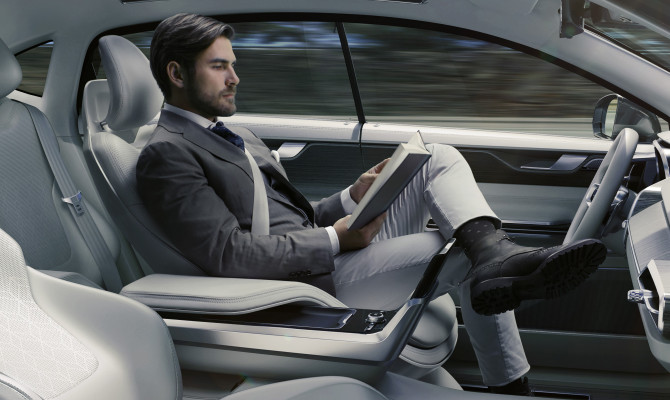

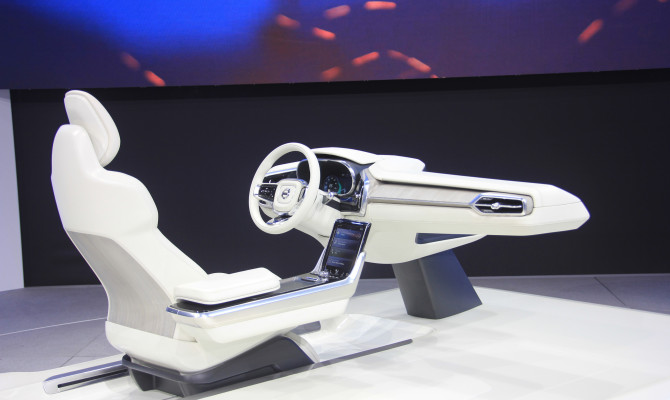
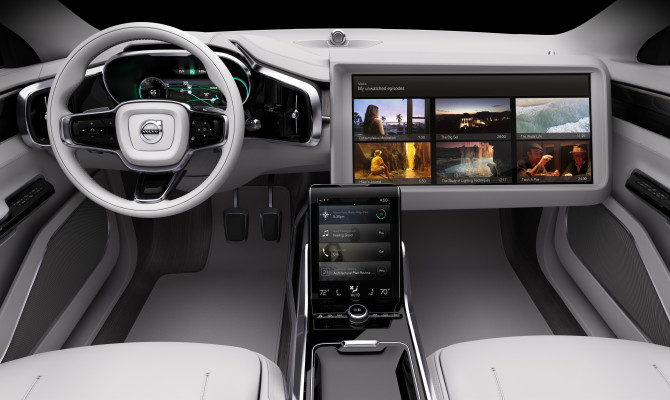
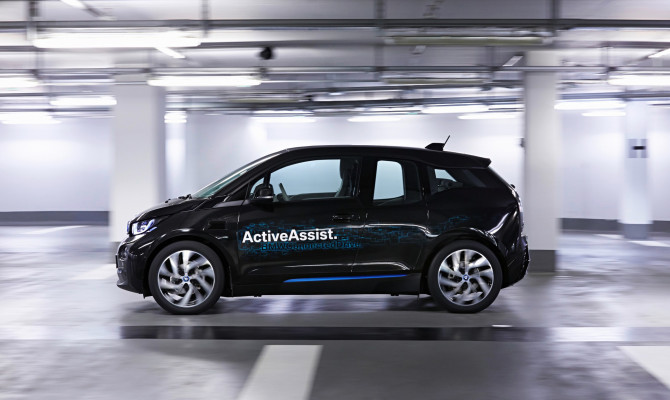
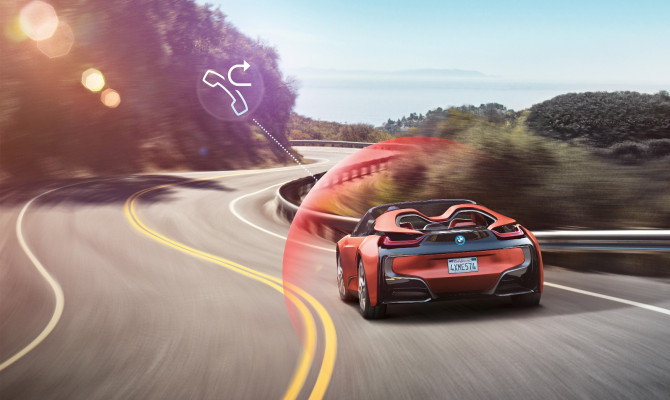
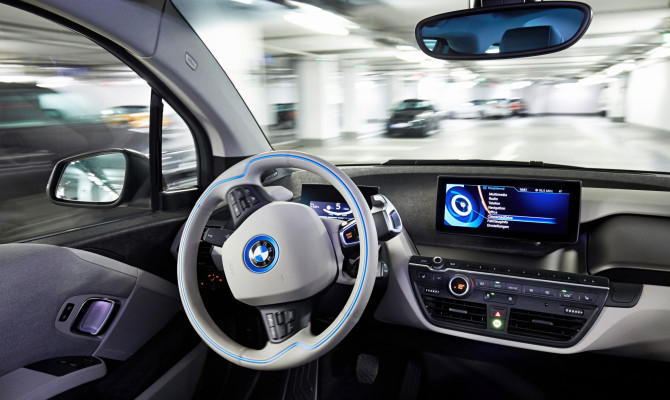
A 2016 Acura MDX I drove recently is a good example, as now comes standard with the award winning AcuraWatch package.
A grouping of high-tech systems, AcuraWatch can prevent the new MDX from straying out of a traffic lane, getting too close to a vehicle ahead and it will brake automatically to avoid an impact with another vehicle, or a pedestrian.
While it could effectively drive itself on a freeway, a warning alert sounded if I dared take both hands off the steering wheel for a few seconds.
Later this year, Cadillac will introduce Super Cruise Control, in it’s new 2017 CT6 and CTS models. In addition to other advances, this system will allow a driver to take both hands off the steering wheel at highway speeds. Another step closer to full-autonomy.
Sure, there are all sorts of regulatory, legal and insurance issues to be resolved in order to allow driverless operation of a vehicle. There are also road infrastructure issues that need to be addressed, including, and probably most importantly, expanded and consistent high-bandwidth coverage. On the plus side, however, autonomous vehicles are expected to reduce and perhaps eventually eliminate vehicle collisions and ease traffic congestion.
Volvo logically (it’s a Swedish trait) figures that autonomous driving will initially be introduced on dedicated motorways. Its focus is on the long-haul trip and the daily commute to work, which it calculates as taking 26 minutes (on average) – hence the Concept 26 name.
A fleet of Volvo vehicles with an autonomous driving mode will be put in the hands of real customers in Gothenburg, Sweden next year. A driver will be able to switch into the autonomous mode for a predetermined period (depending on distance and traffic flow) between motorway exits.
BMW, on the other hand, is heavily involved in developing a self-parking vehicle technology, using a BMW i3. Remote Valet Parking Assistance includes a unique 360-degree collision avoidance protection system that uses four advanced laser scanners.
Using a smart phone or watch a driver can instruct the vehicle to go park itself in a multi-level parking lot. The driverless car then takes off on its own, autonomously self-steering through the building, seeking an empty stall to park, shutdown and lock itself. Robo Bimmer can also be started remotely and summoned to pick up its driver at the same entry/exit location.
Every major auto maker is stepping up work on autonomous vehicle technology. Toyota, GM and Mercedes-Benz are all heavily invested in autonomous vehicle development and expected to bring products to market.
Ford recently announced that it’s tripling the size of its autonomous vehicle development fleet and accelerating on-road testing, which starts in California later this year. Its demo vehicle is a Fusion Hybrid sedan with puck-power, a new Solid-State Hybrid-Ultra Puck Auto sensor. About the same size and shape as a hockey puck, this puck can map and create real-time 3D models of its surrounding environment.
Autonomous vehicle development also transcends traditional auto production sources.
Google, the internet search engine and browser behemoth, surprised everybody back in 2010, when its autonomous vehicle development work was revealed. It’s now working with a number of traditional automakers and is expected to have a fully autonomous vehicle ready for market by 2020.
Other Silicon Valley giants getting on autonomous vehicle action include Tesla and Uber. Yes, of course, they’re working on a Robo-Taxi. Not sure what they have planned for the in-trip friendly customer conversation but it should be interesting.
Please note, “automated” is arguable a more accurate but less widely used descriptive term than “autonomous” for the new generation of self-driving vehicles.
Early self-driving vehicle experiments were done with vehicles that generally relied on a magnetic strip embedded in the road and were typically called automated vehicles.
A brave new world of motoring is almost upon us.
Recent Comments
- { Enjoyed your Forest of Bowland in the BMW X5M, particularly the photo of the BMW in front of the main part of Stonyhurst College where... }
- { Bantam designed the Jeep, not Willy's or Ford. The American military gave the original Bantam prototype to Willys and Ford to copy. There is plenty... }
- { All Escalades come with a 6.2-lilter V8 engine that produces 420 horsepower. A six-speed automatic is the only transmission offered and drives the rear wheels.... }
- { Alexandra is an excellent journalist. }
Popular Posts
- Journey to a ‘Sparkling’ Luxury Okanagan Resort “Four lucky readers will put a Dodge Journey’s weekend-...
- The Need For Speed: Hike Those Highway Limits More than half of those polled believe the province sho...
- Drives-U-Crazy… Erratic drivers. An early morning drive from Kelowna to Vancouver is nor...
- Readers Respond: The Pros and Cons of Increasing B.C. Speed Limits Increasing the speed limits will only increase risk to...
- Honda CR-V Review: The Compact Crossover To Get Things Done The CRV is a very stylish and aerodynamic crossover veh...






